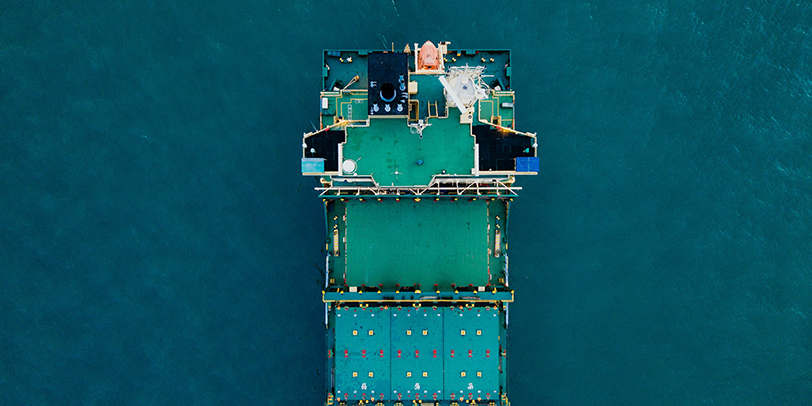The retrofit of existing ships to natural gas operation

The retrofit of existing ships to natural gas operation
Abstract
Today's world merchant fleet accounts to about 49 000 vessels, trading around the world, therefore, sailing mainly from Asia to Europe and the USA, therefore, remaining most of the time away from the coasts. The UE and the USA are advancing stricter emissions regulations and declaring emissions controlled areas most of their coasts. From all types of ships, the ones operating along the coasts would be the first candidates to be converted, in particular attending to the price of alternative emissions complying fuel cost (diesel oil) and their need to comply with the imposed emissions regulations. This is true while natural gas prices are kept under acceptable commercial values, and the cost of conversions are within reasonable limits, otherwise, the investment in converting existing ships to natural gas operation, can result in a scrap of many of these ships, originating a sustainability and environmental problems if the carbon footprint of the whole process is considered. This not to mention the loss of shipping companies and jobs associated. The conversion of existing ships to Dual Fuel operation becomes a technology as well as a mindset challenge of all the players, as it requires the admissions of new technology players, as well as the acceptance from the classification societies of those players' solutions. In this paper, it is outlined as a possible conversion project path. On this paper, only four-stroke engines are addressed.
Keywords: LNG ship conversion, Dual fuel conversions, Engine emissions, Energy efficiency.
Written by
Jorge Antunes
PhD, MSc Marine Engineering
João Correia
MSc Mechanical Engineering



